Dengue threat looms over city
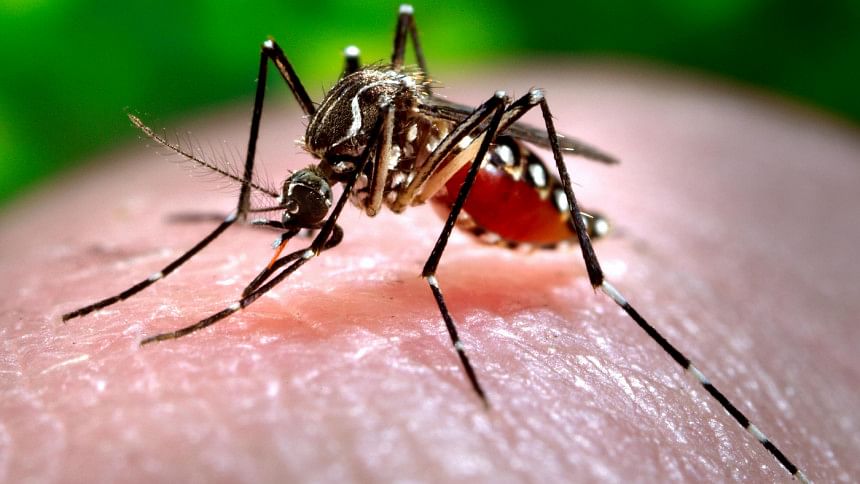
A large part of Dhaka South City Corporation is at risk of a dengue outbreak as the carrier of the virus, Aedes mosquito, is present at over one-third of the houses and other structures in that zone, a survey has found.
Officials have found Aedes larvae in 938 of 2,599 buildings and construction sites they visited in the zone-I of the DSCC between June 25 and July 15.
The areas at risk include Dhanmondi, Shukrabad, Sobhanbagh, Kalabagan, Kathalbagan, Gausia, Elephant Road, Nilkhet, Pilkhana, Buet, Shahbagh, Dhaka University, secretariat, Topkhana Road, Segun Bagiha, Siddesdwary, Mouchak, Ramna, Kakrail, Eskaton Garden, Minto Road and Bailey Road.
The disease has claimed seven lives, and 898 others have been infected with the virus in the capital until July 24, according to Directorate General of Health Services (DGHS).
Clear, stagnant water kept in barrels and reservoirs at construction sites in the areas are the major breeding grounds for the Aedes mosquitoes, DSCC officials said.
As the Aedes can breed in just a few millimetres of clear water, the larvae was found in many plant tubs, abandoned tires and open containers.
The DSCC officials surveyed a total of 19,542 buildings and construction sites and found infestations in 1,670. Fewer buildings had Aedes infestation in the rest of its four zones.
Over 50 teams of the DSCC visited the households and showed residents how to destroy the larvae and stay safe, Brig Gen Sheikh Salahuddin, chief health officer of corporation, told The Daily Star.
Since 2000, at least 270 people died of dengue and 40,028 got infected in the capital, said Ayesha Akhter, medical officer of National Health Crisis Management Centre and Control Room at the DGHS.
DSCC officials will continue to visit the risky areas to raise awareness and may take actions against the owners of houses where the larvae would be found for a second time, said Salahuddin.
Officials said mass awareness campaigns, including advertisements in print and electronic media warning residents about the potential breeding environment of the aedes, were being held.
In the rest of the DSCC, 4.09 percent households in zone-II had Aedes larvae, 5.86 percent in zone-III, 1.95 percent in zone-IV and 4.67 percent in zone-V.
Another survey conducted by the DGHS in January identified Banani, Basundhara Residential Area, Gabtali, Maghbazar, part of Malibagh, Mirpur-1, Mohakhali, DOHS, Nakhalpara, East Shewrapara, Tolarbagh, and Uttara Sector-9 of the Dhaka North City Corporation (DNCC) as vulnerable to Aedes infestations.
Emdadul Hoque, health officer of the DNCC, said they would also hold meetings with local government representatives, Imams, and teachers of educational institutions about the issue and launch an anti-mosquito drive shortly.
Health experts said authorities concerned should take prompt actions to destroy the larvae and raise awareness.
Prof Meerjady Sabrina Flora, director of Institute of Epidemiology, Disease Control and Research, said people must keep an eye on their rooftops, unused containers, bush, house yards, car tyres, refrigerators and air conditioners and other places where water can remain stagnant for about five days.
The Aedes breed in the country between January and August.
According to the WHO, once infected, humans become the main carriers and multipliers of the dengue virus, serving as a source of the virus for uninfected mosquitoes. The virus circulates in the blood of an infected person for 2-7 days, at approximately the same time that the person develops a fever. Patients who are already infected with the dengue virus can transmit the infection via Aedes mosquitoes after the first symptoms appear.

 For all latest news, follow The Daily Star's Google News channel.
For all latest news, follow The Daily Star's Google News channel. 


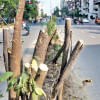
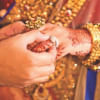

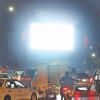

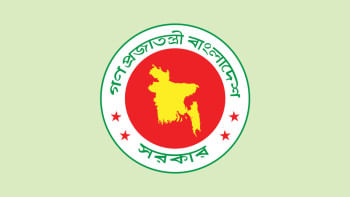
Comments